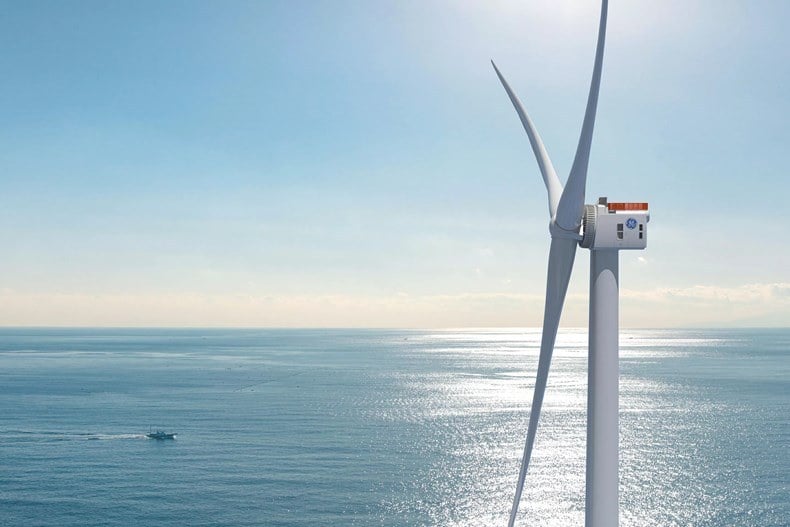In a UK first, National Grid Electricity System Operator (ESO) has awarded a reactive power contract to an offshore wind farm transmission asset, SSE’s Dogger Bank C.
Following the Pennines Voltage Pathfinder, the operator has awarded two contracts collectively worth £22.5 million, securing 700 megavolt ampere of reactive power (MVAr) capability for between 2024 and 2034.
The Dogger Bank C onshore converter station will help stabilise voltage on the grid in the North East of England following the closure of the Hartlepool nuclear power station in March 2024.
“Today’s announcement that Dogger Bank C will become the first UK offshore wind farm to use the functionality of its transmission assets to support National Grid ESO in balancing the network at the lowest cost is further proof of the outstanding innovation that our Dogger Bank team continually strives to deliver,” Steve Wilson, SSE Renewables project director for Dogger Bank Wind Farm, said.
The second contract was awarded to National Grid Electricity Transmission (NGET) to provide reactive power to the West Yorkshire area. This followed a counterfactual that found it offered the most economic option for the ESO to manage voltage, helping to save consumers significantly above £10 million.
“As agreed with the ESO and Ofgem we cannot bid into the pathfinder process in the way other market participants can. Our agreed role for this pathfinder has been to provide a baseline to enable the ESO to compare the economic benefits of a fixed-term contract to a long-term regulated asset solution,” said Lydia Ogilvie, director of network strategy and operations at NGET.
“The analysis undertaken by ESO in this instance suggests that there is an economic case for NGET to develop 500 MVAr reactive capability in West Yorkshire.”
Shunt reactors at high voltage substations will be used by NGET to provide reactive power following the closure of power plants in the region.
This was National Grid ESO’s second reactive power pathfinder, as it looks to ensure the stability of the grid as traditional sources of voltage retire. Already, the operator announced an agreement with Triton Power for its Deeside Power Station to be repurposed to provide inertia and reactive power to the grid.
Deeside Power Station was one of six contracts signed by the operator with five companies to provide inertia without the need to simultaneously provide electricity.
“These services take us another step closer to 100% zero carbon operation, showcasing Britain’s innovation in engineering and driving competition within the system, ultimately saving consumers millions of pounds,” said Julian Leslie, head of networks at National Grid ESO.
A trial dubbed Power Potential run by National Grid ESO and UK Power Networks last year found that savings of up to £100 million could be made with the introduction of a national reactive power market, with wind, solar and battery storage having been providing market-based reactive power services as part of the project.
Additionally, the Power Potential project was found to be capable of enabling an extra 1.5GW of green energy to be generated in the south east.
“Reactive power capability is vital for managing voltage and being able to operate a zero carbon system of the future so we’re excited to see that an offshore wind farm’s transmission asset will deliver reactive power to support the wider network for the first time in Britain,” Leslie said.






